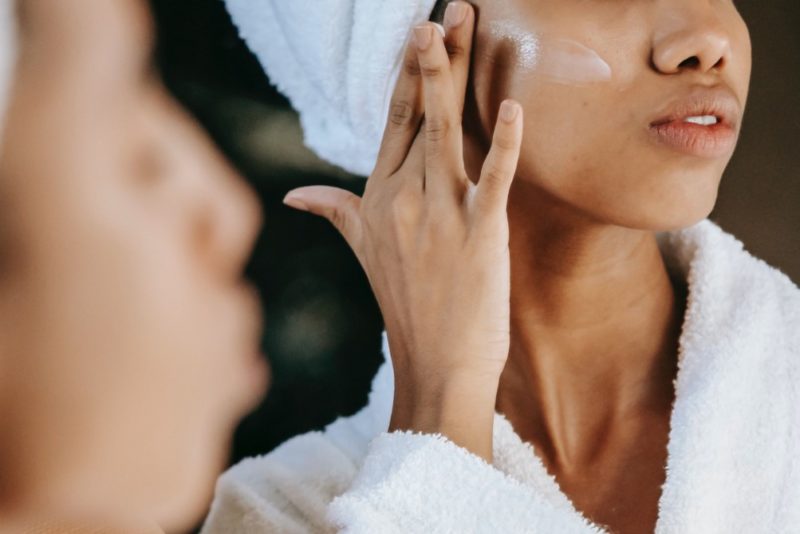Emla and other skin numbing creams have become very popular of late. From those undergoing minor non-surgical procedures to getting a tattoo; the number of people using these creams have soared. The idea of a numbing cream is to work like anesthetic; it is supposed to reduce pain or sensitivity to an area of the body. The cream is applied directly onto the skin and blocks nerve signals. It’s a useful way to deal with minor procedures. So, what do you need to know about numbing creams?
What Can a Skin Numbing Cream Be Used For?
Whether you use Emla or another numbing cream, the purpose remains the same. It can be used before an injection to children or those afraid of needles. Numbing creams can also be used for filler injections, piercings, tattoos, and microdermabrasion. These procedures can be painful for several reasons and since most are lengthy, it makes sense to use a numbing cream. Most creams are available as OTC (over the counter) creams; of course, a prescription might also be required. It depends on what the cream is to be used for.
The Active Ingredients of Numbing Creams
There are several active ingredients typically found in skin numbing creams. One of the main ingredients is Lidocaine. This is the most common ingredient; however, there may also be tetracaine, benzocaine, dibucaine, and pramoxine. These active ingredients, however, will vary depending on the exact skin numbing cream being used. If you are allergic to any of these active ingredients, you need to alert the doctor before you use it. Check here!
Are Numbing Creams Safe to Use?
There is a possibility you may suffer from an allergic reaction with Emla and other numbing creams. This is a possibility, regardless of how sensitive your skin is or your medical history. Anyone can suffer a reaction, whether minor or severe; it all depends on the cream being used and what ingredients it contains. Of course, you might have no reactions whatsoever. Typically, doctors will prescribe or recommend numbing creams before minor procedures if they feel it’s necessary. When it comes to buying over the counter creams, you have to be careful and know the ingredients before you sue them.
Tattoos and Minor Injections
When you need to go through a lengthy procedure, such as a tattoo, it’s often recommended to use a skin numbing cream. It’s a painful process because it’s a tiny needle pricking your skin a hundred times over. Even when you have a high threshold for pain, it’s a painful process. That is why it’s often recommended, whether you want to use a numbing cream is another matter. It’s the same with getting bloods taken or a minor injection, if you can’t handle minor pain, numbing creams are useful.
Use Numbing Creams Carefully
Skin numbing creams have become hugely popular in recent times, just because it’s easy to use for minor procedures. Whether you’re getting a tattoo, derma fillers, or getting blood taken, a numbing cream can help. It eases up some of the pain and makes procedures less stressful on the body. Emla and other such creams can help ease some pain and can be very useful at times. Read our another article: https://www.panamacitymetro.com/top-eczema-relief-tips/

